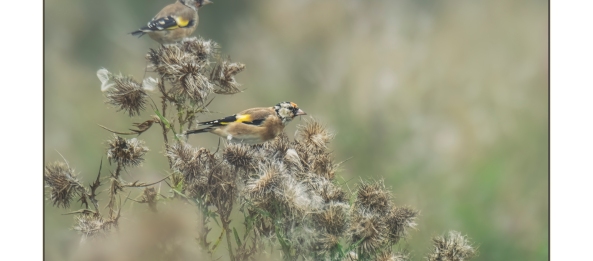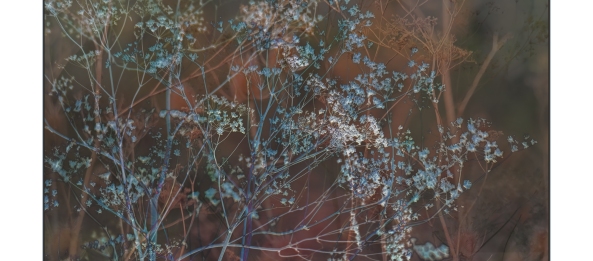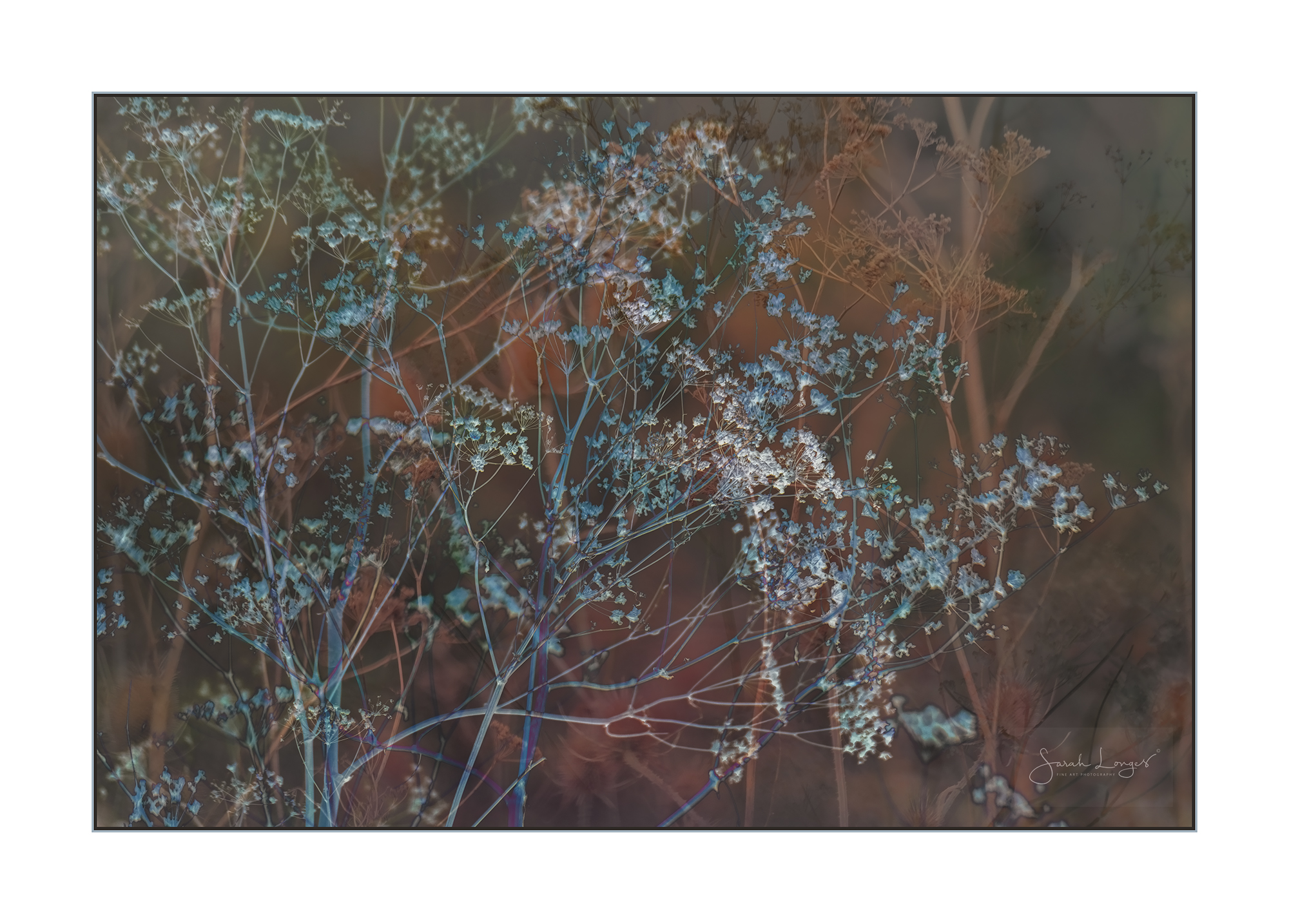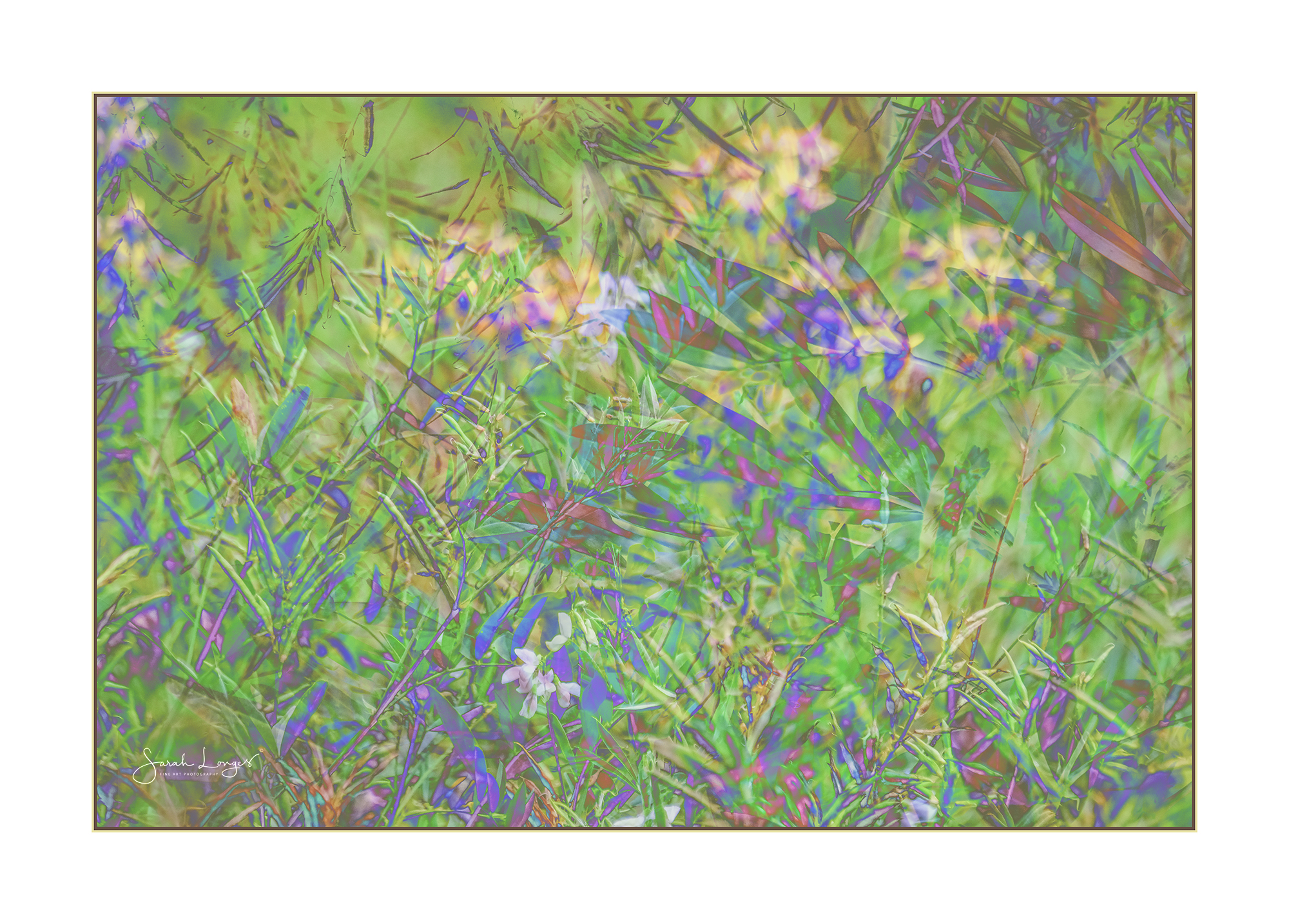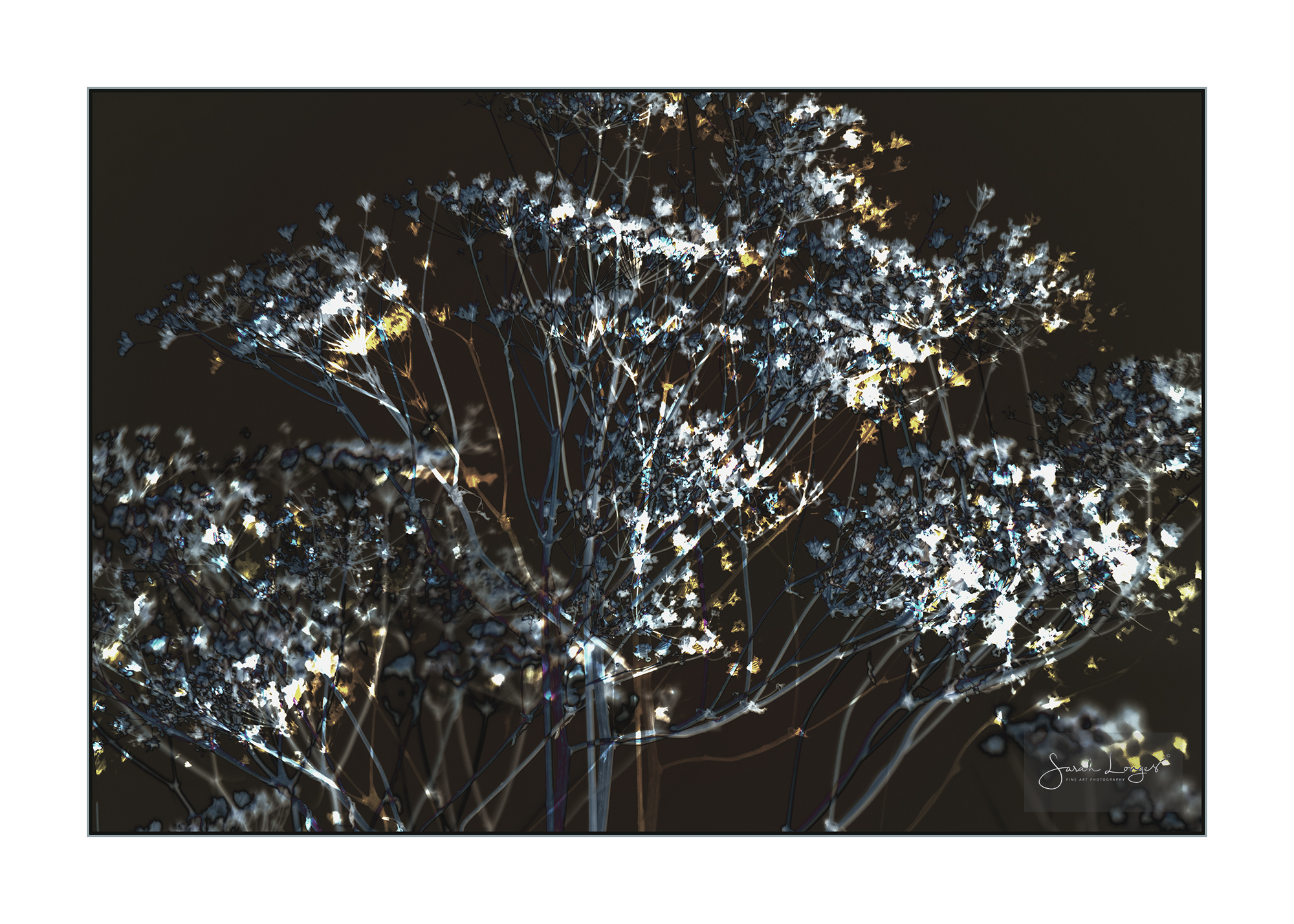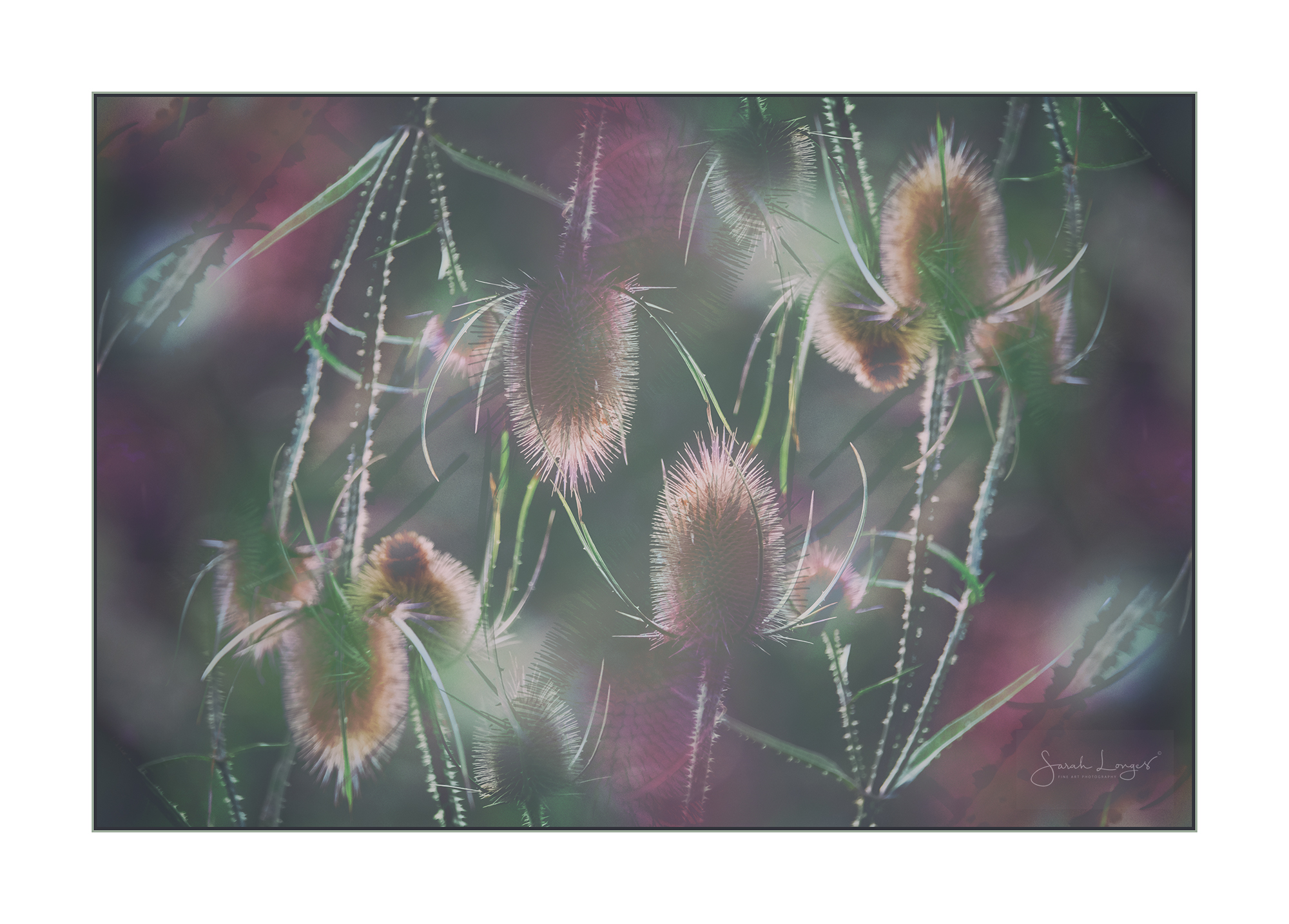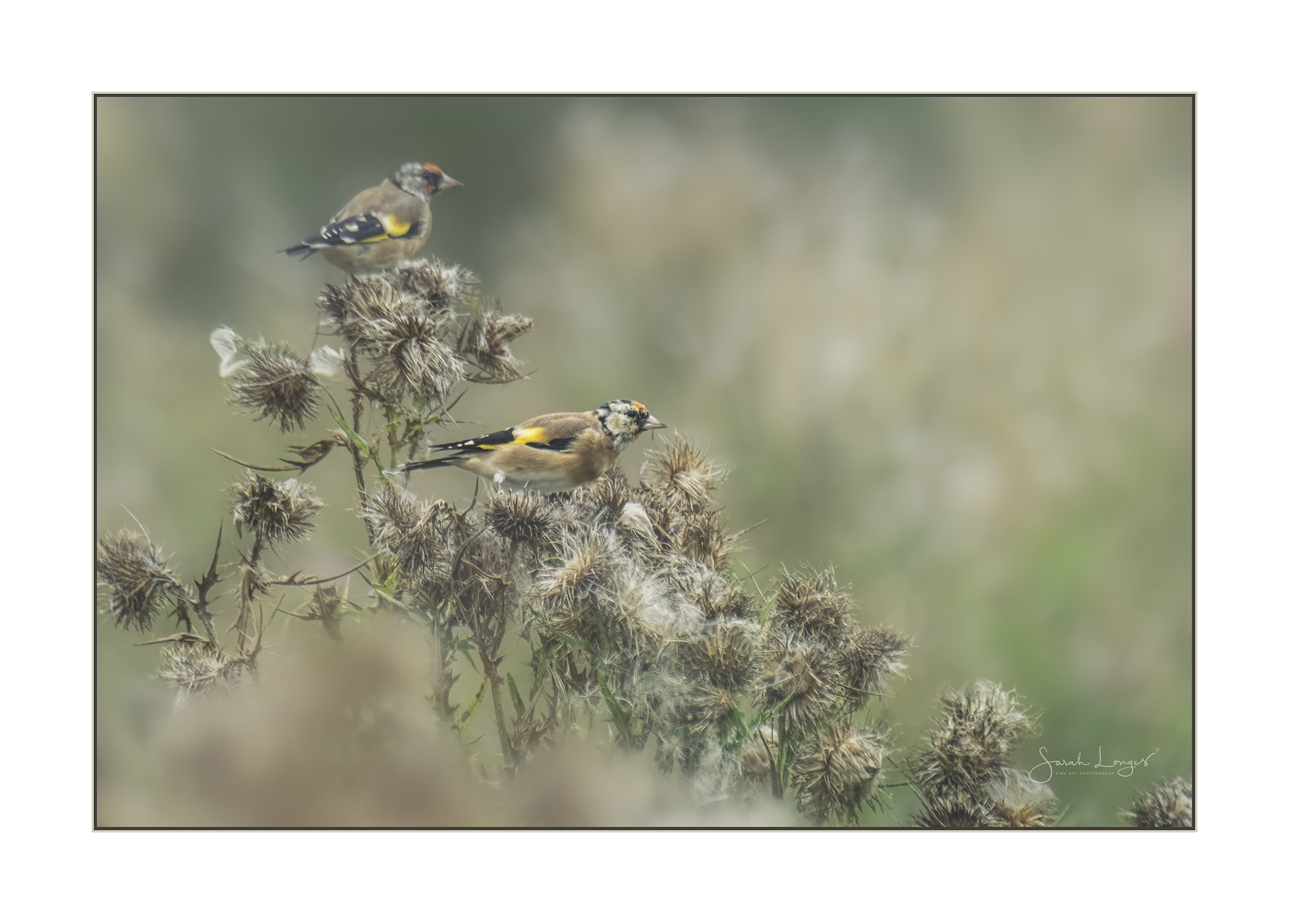
ShareMondays2020 – A Feast Of Thistles
Only a few photos this week! I had a very brief spell outside with the camera last Wednesday, but the goldfinches at Heather Farm put on a good show for me, feasting on the thistle seed heads. On Thursday evening I started coughing. It was a bit concerning! I followed the guidance and immediately started the process of booking Covid tests for both myself and Simon. It is a bit of a process, but you just have to stick with it and keep refreshing the booking site, until you are able to get a nearby drive-through appointment, or order a home testing kit.
Simon got straight in touch with his employers, to arrange working from home, and I contacted my care agency and the carers I had seen that week. Although they all wear PPE and observe good hand hygiene, they have the closest contact to me (after Simon!) so I needed to alert them to the possibility that I may have contracted the virus. After a while I was finally able to book us tests close to home for the following day. I’ve got to say the test centre was really well run, staff did everything possible to make us feel reassured, and we were all done in just ten minutes. Our results were emailed and texted to us on Saturday morning, just under twenty four hours later, and I am delighted to say that we’re both negative!

I still have no idea how, or where, I have picked up this virus. I have been sticking to strict social distancing ever since shielding was paused. I’ve not been meeting up with lots of people, going to pubs or into shops. I’m still classed as extremely clinically vulnerable to complications if I catch Covid-19, so I’m not ready to take big risks. The fact that I am already taking so many precautions, yet have still managed to pick up a virus, just goes to show how easily they can be spread. None of us should start being complacent, especially as the Winter flu and cold season approaches and more sectors are being opened up to the public.
Even if you’re not in a high risk category yourself, there are plenty of clinically vulnerable people out there, around you, who need your help to stay safe. You can’t tell how vulnerable a person might be from looking at them. Some known risk factors like age, gender and ethnicity might be more obvious, but you can’t see chemotherapy, radiotherapy, immunotherapy, COPD, diabetes, severe asthma, organ transplants, certain blood disorders, to name but a few!
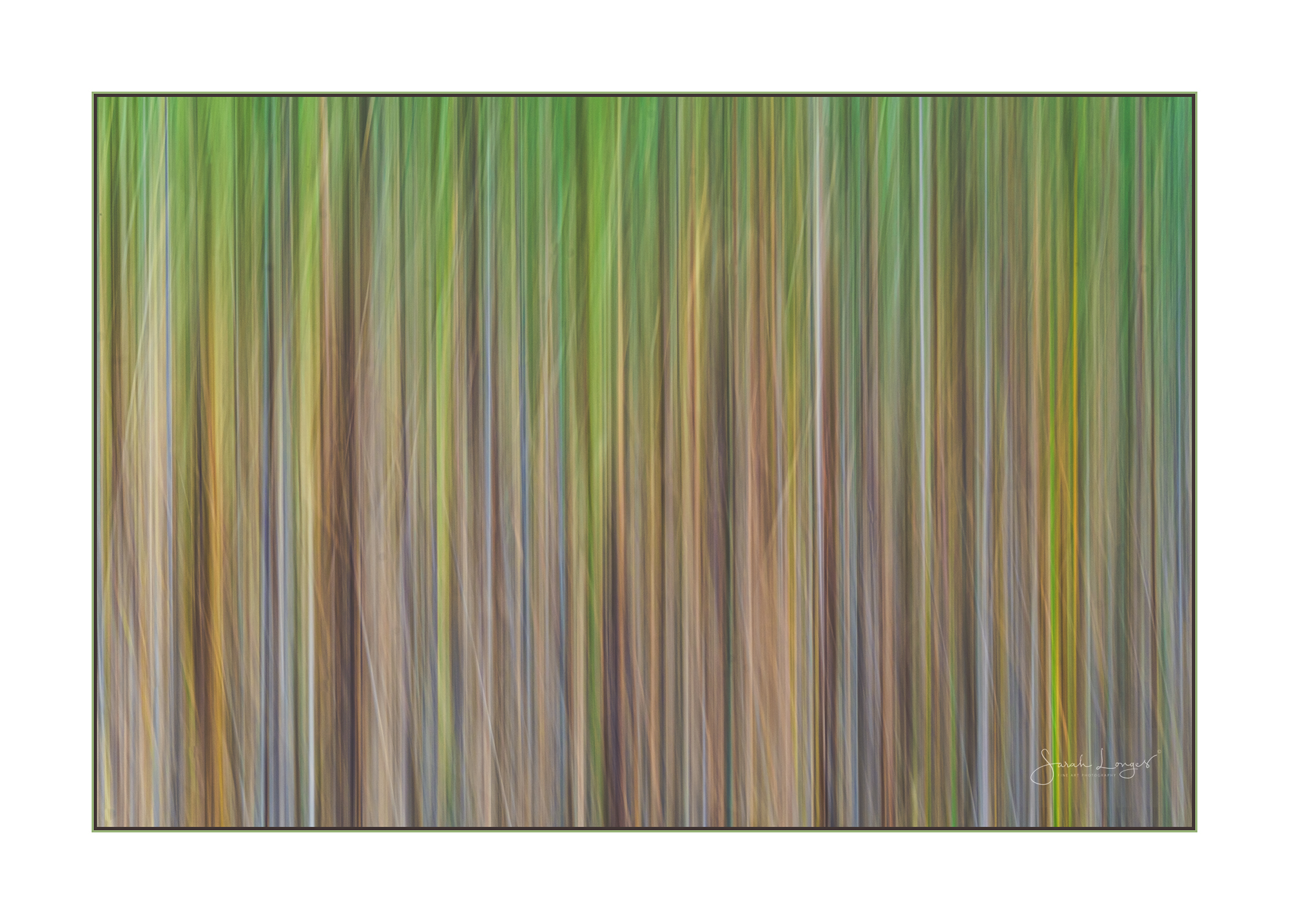
The person standing behind you at the checkout for the supermarket could be vulnerable. Did you wash or sanitise your hands before you touched any of the surfaces they might then be touching? Maybe you thought it was okay because you’re wearing your mask? Hand washing is still the most important thing we can all do to protect one another! The next most important thing we can do is to get tested as soon as possible if we develop symptoms: a fever, a new, continuous cough, a loss or change in sense of smell or taste. Self-isolate as soon as symptoms appear and follow procedures for contact tracing if you receive a positive result.
For now I am clear, but I am still feeling pretty rotten with the virus I have! I hope my depleted immune system can deal with it soon, so I can get back outside with the nature and wildlife I cherish so much. Take care and stay safe everyone x

